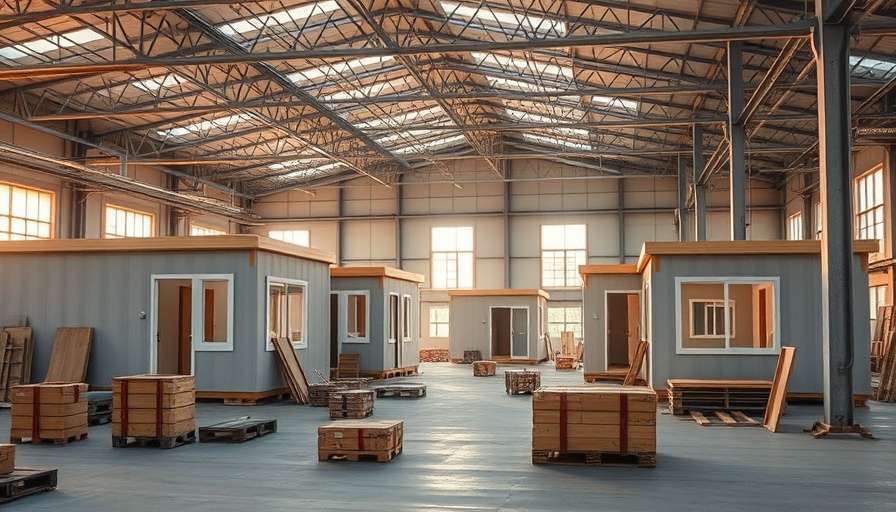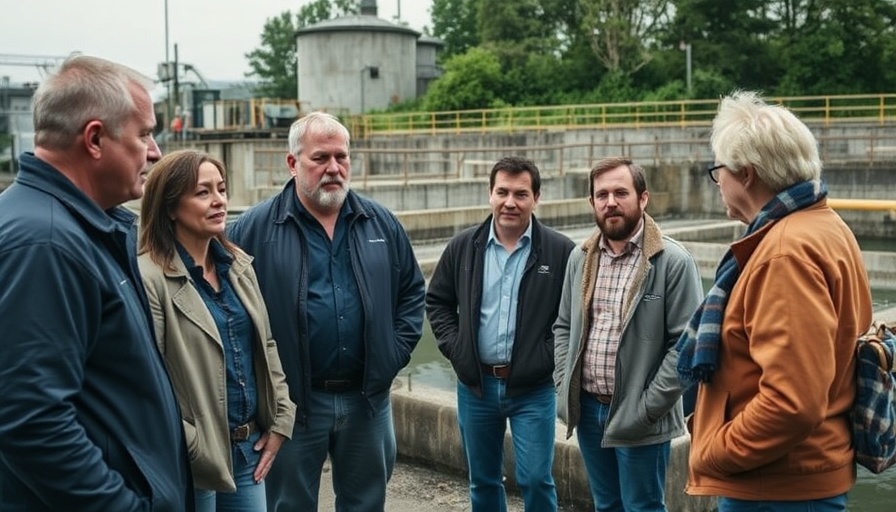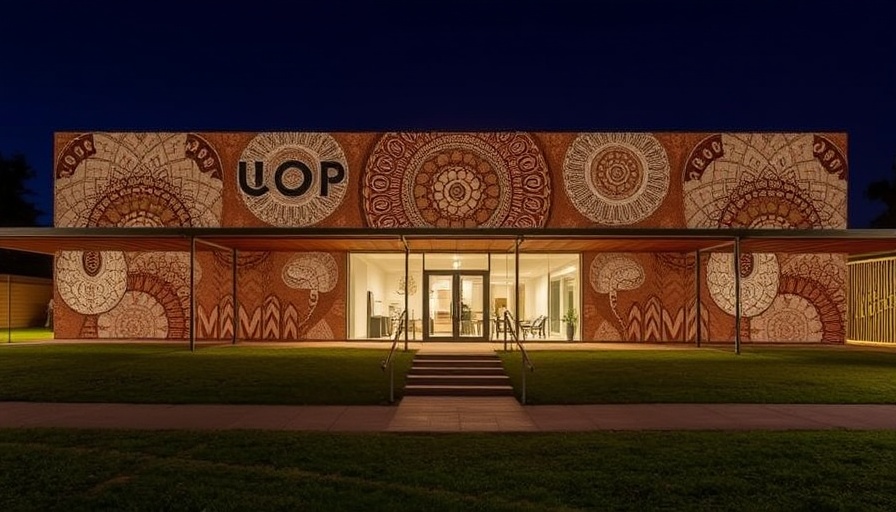
Prefabrication: Revolutionizing Luxury Hotel Construction
In the luxury hospitality industry, where time and guest experience are paramount, prefabrication is emerging as a transformative approach to design and construction. Developers and facility teams are increasingly turning to this method to meet demanding timelines without compromising design elegance or quality.
Understanding Prefabrication in Hospitality
Prefabrication involves the off-site construction of building components, which are then assembled onsite. This technique is particularly advantageous in luxury hotel projects, where the emphasis on speed, precision, and guest experience aligns perfectly with the benefits of prefabrication. According to industry experts, utilizing prefabricated components can streamline construction processes, reduce disruptions, and maintain consistent finishes that adhere to premium brand standards.
The Importance of Design Versatility and Standardization
As Alex Zilberman, principal at AZA Design, highlights, "These spaces need to be repeatable. They also need to be executable." Standardized layouts and palettes not only facilitate the prefabrication of entire guest rooms or bathrooms off-site but also ensure that the quality and aesthetic appeal are uniformly implemented across different properties.
Challenges and Solutions in Luxury Prefabrication
Despite the advantages, challenges persist. Projects must be designed with "constructability" in mind, meaning they can be produced, delivered, and installed without issue. Luxury hotels, with their larger budgets and timelines, still require a remarkable level of predictability to succeed. Zilberman explains that hitting budgets and deadlines remains essential even in high-end projects. “If you've factored in a certain amount of time and a certain budget, then they need to hit both of those.”
Enhancing Guest Experience through Wellness Design
Ultimately, even the most intricately constructed spaces must resonate with guests on an emotional level. Capturing the essence of luxury involves integrating elements that prioritize wellness and comfort, ensuring that guests leave with memorable experiences. Wellness aspects may include enhanced air quality, natural lighting, and thoughtful layouts that promote relaxation.
Future Predictions for Construction in the Hospitality Sector
As the luxury hospitality sector continues to evolve, the prefabrication model is likely to gain further traction. With the increased focus on sustainability and efficiency, prefabrication allows for less waste during construction while adhering to aesthetic quality and brand requirements. Projects that harness innovation and adaptability will thrive in a competitive market.
Conclusion: The Path Forward
The future of luxury hotel construction points to a blend of technological innovation and a commitment to exceptional guest experiences. As prefabrication techniques advance, hotel developers can expect improved efficiency, reduced costs, and ultimately, more satisfied guests. By understanding the benefits and evolving methods of construction, stakeholders can navigate the intricate landscape of modern luxury hospitality.
 Add Row
Add Row  Add
Add 






Write A Comment